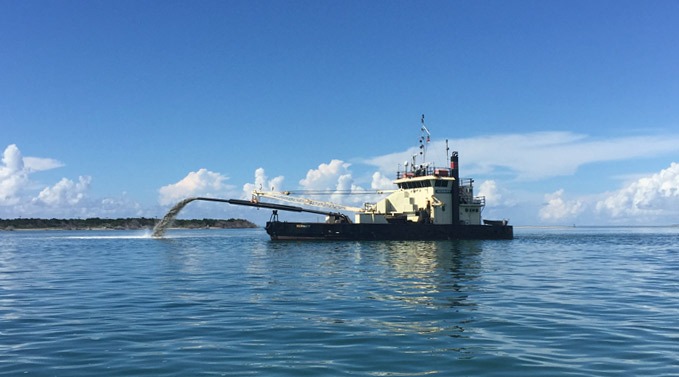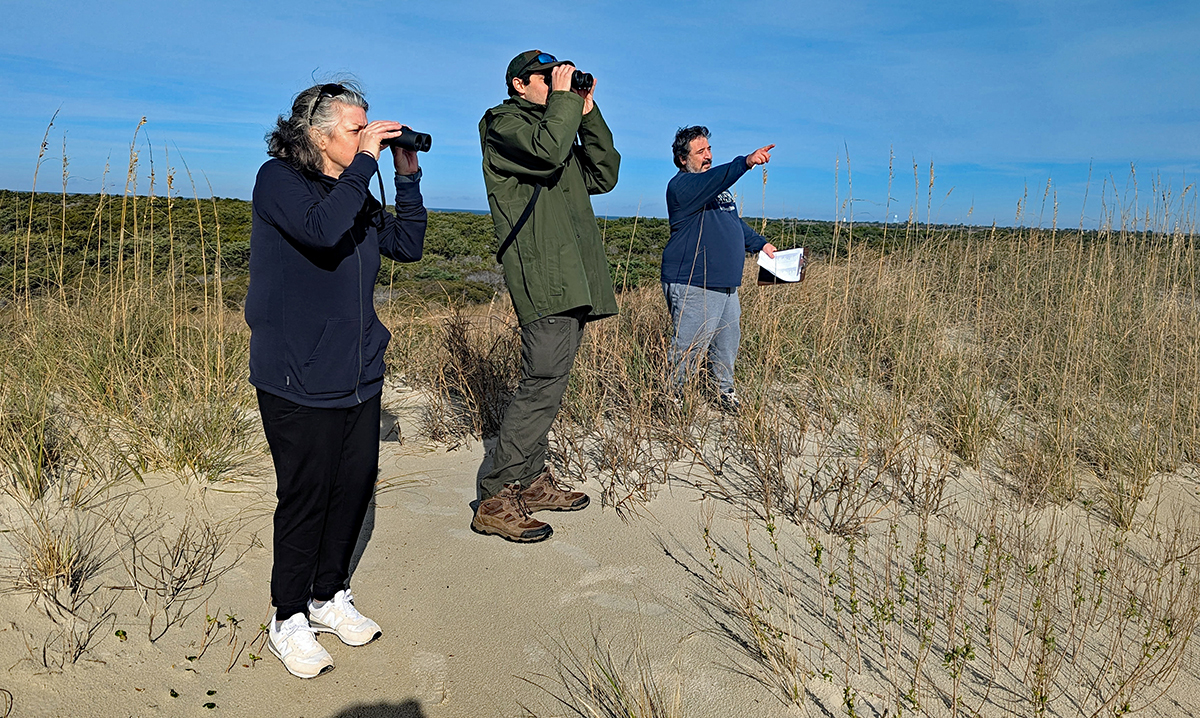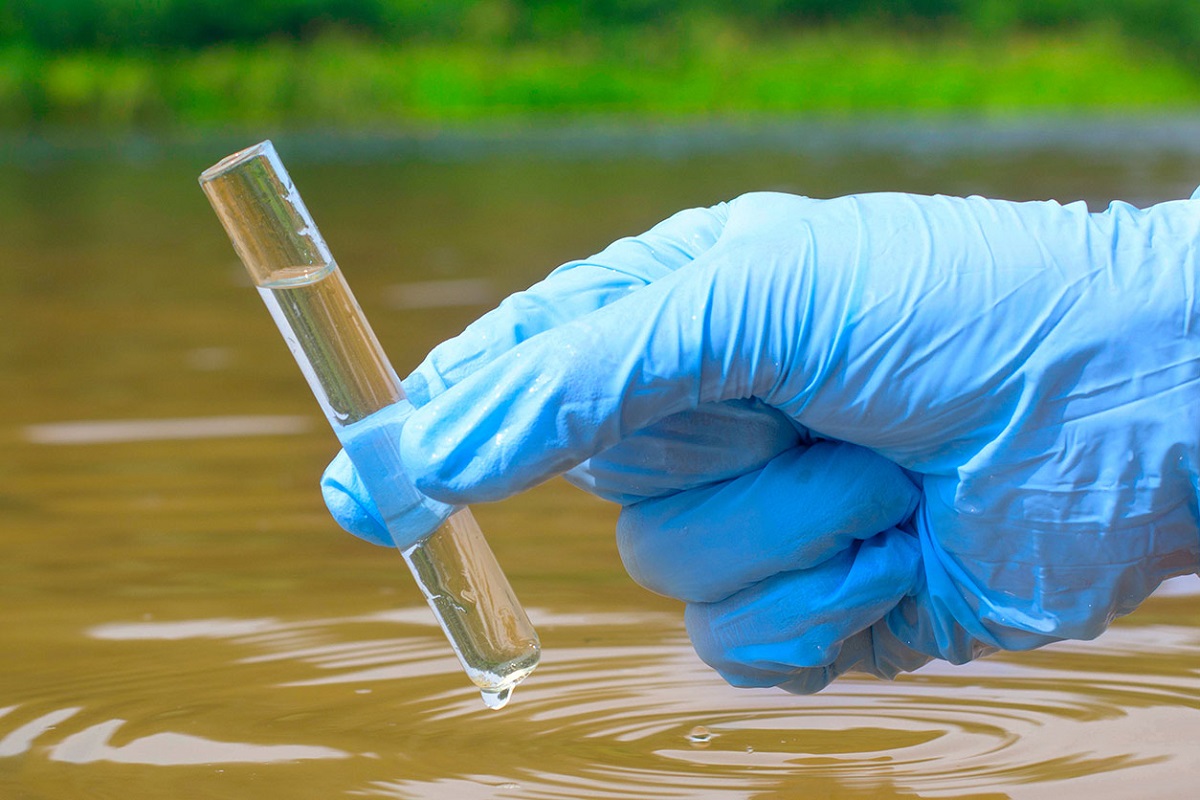
Reprinted from Island Free Press
Dare County Waterways Commission members have reason to celebrate this holiday season, with reports from fishermen and charter boat captains that the recent dredging of the South Ferry Channel is holding up nicely.
Supporter Spotlight
“They say the flow going east-west through there — it’s a much better flow than what we had going across the shoal where we were, just southeast of there,” Chairman Steve “Creature” Coulter said Monday during a virtual meeting. “And they say once it was opened up, it actually seemed to be flowing a little bit better through there in that direction.”
Shoaling in the channel had gotten so bad this year that the Army Corps of Engineers told commissioners in June that dredging South Ferry Channel had literally become impossible. After Coulter suggested that the channel could be extended at the western end to bypass the problem area, the commission agreed in September to request a new survey.
Corps officials were hesitant because of concern that the shallow depth could damage its dredge. Then a storm blew in about two weeks before Thanksgiving, and suddenly there was hope.
“Eventually, Mother Nature made the channel a little deeper,” Barton Grover, Dare County Grants and Waterways administrator, said in an interview after the meeting.
When another survey taken after the storm showed promising change, the Corps dredged the western route for a week.
Supporter Spotlight
“It’s wider, it’s deeper, and they should be able to dredge it for a significant period of time,” Grover said.
Not only is the improved South Ferry Channel no longer “a ditch,” as some commissioners had described it, boats no longer have to take a hard left when coming in from the ocean. “It’s more of a straight line,” he said.
With the Army Corps of Engineers planning to come back in January to dredge the channel for another 10 days, Coulter suggested that it probably could use some widening on the northwest end to allow access for water flow coming down from Sloop Channel.
“I don’t know if that would help keep it cleaner or not,” he said. “It’s something to look at when we do the survey and see how it’s starting to build up, and if it’s just building up on that western edge.”
Responding, Joen Petersen, the Corps’ chief of floating plant, said that tendency showed up pretty quickly even when it was being dredged.
“The good news, though, is they said it was kind of shoaled up then, and it still sounds like it’s a little shoaled up now,” he said. “So it doesn’t sound like it’s building too quickly there.”
Petersen said that what he is hearing supports Coulter’s information, and the good news is, overall, the flow is running nicely within the channel. With regular maintenance, he said he’s hopeful that the new channel will be easier to keep safe and navigable.
In other business, the commission was updated on the proposed realignment plan for the Rollinson Channel “horseshoe route.” Public comment on the final environmental assessment had closed in November, the resource agencies comment period was extended until Jan. 18. That means, barring unexpected delays, the plan could be finalized in March.
According to the Corps, it has $30,000 budgeted for Rollinson for fiscal year 2022, but about $340,000 in residual funds may also be able to be tapped. In addition, some of the $2 billion allotted to the entire Corps in President Biden’s recently signed infrastructure bill may be available.
So far, the Corps has requested about $1.6 million to maintain the new alignment.
Of the three alternatives for the horseshoe route, the first one, no action, is not feasible, since it essentially would mean reverting back to the former “short route” that the Corps has deemed too heavily shoaled to maintain, especially considering the limits of funds and equipment.
According to Grover, the agencies are still considering issues involved with the other two alternatives — dredging within the current approved Oct. 1-March 31 window that addresses protection for turtles and submerged grasses, or the preferred alternative of conducting maintenance projects as needed year-round.
This story is provided courtesy of the Island Free Press, a digital newspaper covering Hatteras and Ocracoke islands. Coastal Review is partnering with the Free Press to provide readers with more environmental and lifestyle stories of interest along our coast.







